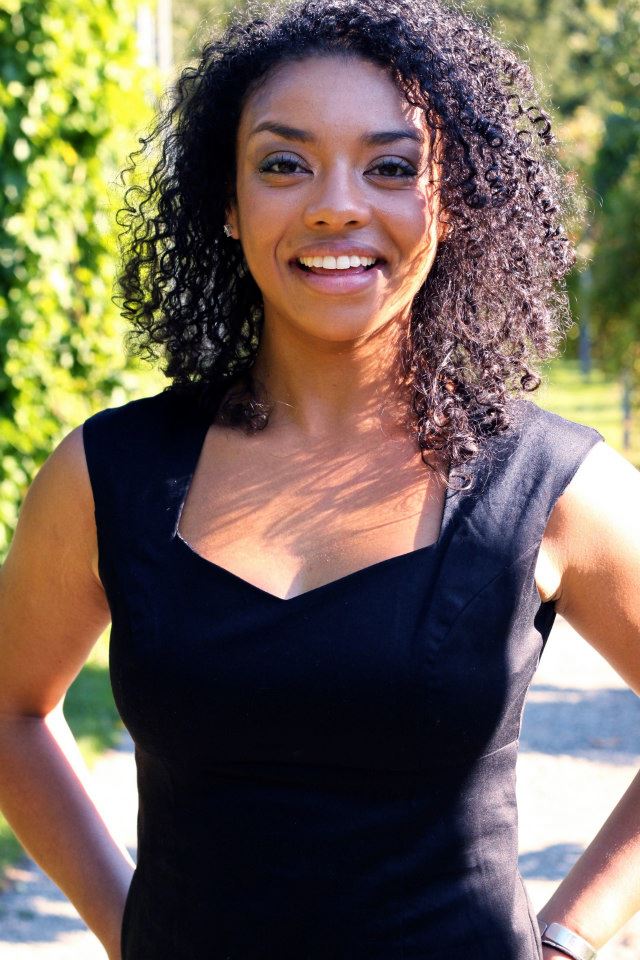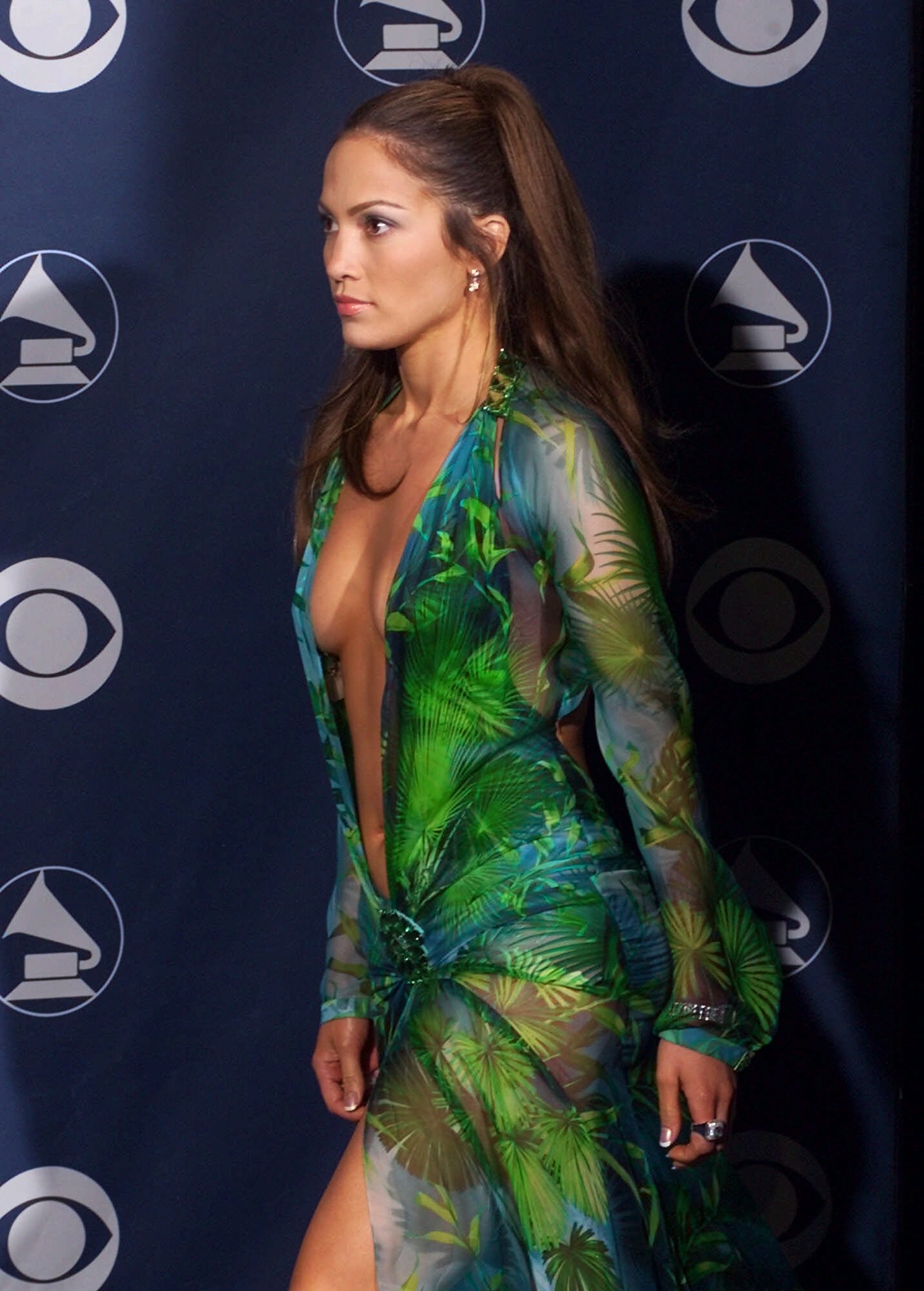How #SquatGoals Became the Hottest Fitness Topic on Social Media

By:
This spring, many Americans are in the gym preparing their bathing suit bodies for summer, with an eye toward one part of the body in particular.
The #squatgoals hashtag on Instagram offers more than 50,000 posts about squats, an exercise designed to tone and build muscle in your butt.
The hashtag has also made its way to Twitter.
However, people on social media made an important point about the trend. Many of the posts about squats are from white women, but squats only became popular in mainstream fitness culture in the past few years.
The road to bigger butts for white women.
Beauty standards change over time, and arguably no one body type stays fashionable for too long. A viral video from Buzzfeed in 2015 showed how women's ideal body shapes have changed since ancient Egypt.
In the 1990s, "heroin chic," characterized by pale skin and very slim features, was an edgy look for women, a very different beauty standard than the one epitomized by the current squat trend.
Supermodel Kate Moss became the face of "heroin chic."
In a 1996 article about the trend, The Washington Post's Robin Givhan wrote that "fashion has mostly opted to embrace the junkies." The 1992 Sir Mix A Lot song "Baby Got Back" became an anthem for black women who didn't fit into this popular beauty standard.
"When I did that song, it was a lot more serious than a lot of people thought it was," the rapper told Tacoma Weekly last year. "The song is really talking about the lack of acceptance by Hollywood of the African-American body. I'm talking Serena Williams kind of curves."
So how did we get from "heroin chic" to where we are now?
At the same time as the "heroin chic" movement, hip hop entered the mainstream. N.W.A.'s 1991 alubm "Niggaz4Life" made them the first rap group to claim the top spot on the Billboard 200.
"Within a few weeks, N.W.A. replaced R.E.M. on the charts. The swapping of acronyms — out with soft rock, in with hip-hop — was a harbinger," Derek Thompson wrote in The Atlantic. "In the early 1990s, the 'hip-hop/rap' genre exploded to become, by far, the most common genre of music on the Billboard Hot 100 charts for two decades."
As the popularity of hip hop, rap, and R&B grew, women from different ethnic groups, with more diverse body types, became much more visible.
In 1999, Puerto Rican superstar Jennifer Lopez debuted her hit single "If You Had My Love." The next year she wore her famous green dress to the Grammy's, sparking a national conversation about her body.
 ASSOCIATED PRESS - apimages.com
ASSOCIATED PRESS - apimages.com
In 2001, Destiny's Child had a hit with the song "Bootylicious" and Beyonce has only continued to be one of the most visible black women in the world.
However, the biggest influence on white women's butts might be the Kardashians.
"Keeping up with the Kardashians" premiered on E! in 2007, and since then the women of the family have been at the forefront of beauty trends, with sisters Kim and Khloe are known for their curves.
Cosmetic surgeons started calling the increasing popularity of certain types of procedures the "Kardashian Effect." American Academy of Facial Plastic and Reconstructive Surgery reported that butt procedures grew 252 percent from 2000 to 2015, and they were the fastest growing type of surgery in 2015.
If you want a bigger butt, though, you don't have to go under the knife; you can always just circle back to the #squatgoals hashtag for tips.
